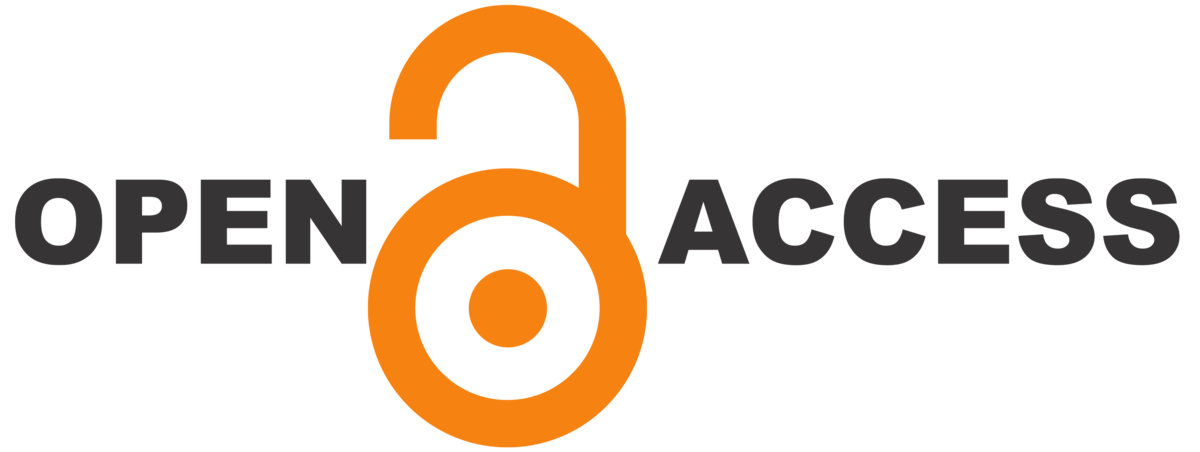A Dialogue between School and Hybrid Education
DOI:
https://doi.org/10.22481/intermaths.v2i2.9691Keywords:
Escola, Educação, Ensino Hibrido, AprendizagemAbstract
This article aims to establish a dialogue between Hybrid Education and school, showing them as a proposal for access to Education, considering the pandemic period and facing the need for new pedagogical postures to encourage students to act more autonomously. Hybrid Teaching can contribute to the success of teaching and learning, constituting an important modality for the process of knowledge constitution. Departing from this thought, this article is methodologically based on qualitative bibliographic research, which will bring theoretical elements, which will express thoughts and conjectures of scholars in the educational field. As conclusions of the researched references, the importance of Hybrid Education is demonstrated as an important methodological strategy for education, considering its dimensions based on active methodologies, on the role of the student and on the perception of teachers on the scope of the theme.
Downloads
References
MORAN, J. Mudando a educação. Em C. A. Morales, Coleção Mídias Contemporâneas. Convergências Midiáticas, Educação e Cidadania: aproximações jovens, vol. 2, (pp. 15 - 33). Ponta Grossa: UEPG, 2015. Disponível em: . Acesso em: 15 out. 2021.
MORAN, J. Educação híbrida: um conceito chave para a educação, hoje. In: MORAN, J. (org.). Ensino Híbrido: personalização e tecnologia na educação. Porto Alegre: Penso, 2015. Cap. 1. p. 27-39. Disponível em: . Acesso em: 14 out. 2021.
SCHIEHL, E. P.; GASPARINI, I. Modelos de Ensino Híbrido: um mapeamento sistemático da literatura. In: VI CONGRESSO BRASILEIRO DE INFORMÁTICA NA EDUCAÇÃO, 6., 2017, Recife. Anais do XXVIII Simpósio Brasileiro de Informática na Educação. Recife: CBIE, 2017. p. 1-10. Disponível em: <https://www.br-ie.org/pub/index.php/sbie/article/viewFile/7529/5325>. Acesso em: 14 out. 2021.
HORN, M. B; STAKER, H. Blended: usando a inovação disruptiva para aprimorar a educação. Porto Alegre: Penso, 2015. 336 p. Disponível em: . Acesso em 12 out. 2021.
BACICH, l.; NETO, A. T.; TREVISANI, F. M. (org.). Ensino híbrido: personalização e tecnologia na educação. Porto Alegre: Penso, 2015. p. 59.
PERRENOUD, P. Dez novas competências para uma nova profissão. Revista Pedagógica, Porto Alegre, n. 17, p. 8-12, 2001. Disponível em: . Acesso em: 16 out. 2021.
LITTO, F. M. (coord.). Competências para educação a distância: matrizes e referenciais teóricos. São Paulo: ABED, 2012. 85 p. Disponível em: <http://www.abed.org.br/documentos/Competencias_Final_Ago2012.pdf>. Acesso em: 16 out.
BRASIL. Ministério da Educação. Base Nacional Comum Curricular. Brasília, 2017. Disponível em: < index.php (mec.gov.br)>. Acesso em: 14 out. 2021.
BASTOS, C. C. Metodologias Ativas. 2006. Educação & Medicina. Disponível em: <http://educacaoemedicina.blogspot.com/2006/02/metodologias-ativas.html>. Acesso em: 15 out. 2021.
SOBRAL, F. R.; CAMPOS, C. J. G.. Utilização de metodologia ativa no ensino e assistência de enfermagem na produção nacional: revisão integrativa. Revista da Escola de Enfermagem da Usp, São Paulo, v. 1, n. 46, p. 208-2018, fev. 2012. Disponível em: <https://www.scielo.br/j/reeusp/a/KfMTxTNdQt7fjTZznwWFCcv/?format=pdf&lang=pt>. Acesso em: 15 out. 2021.
MORAN, J.. Metodologias ativas para uma aprendizagem mais profunda. In: BACICH, L.; MORAN, J. (org.). Metodologias ativas para uma educação inovadora: metodologias ativas para uma educação inovadora. Porto Alegre: Penso, 2018. Cap. 1. p. 34-75.
COLLOR, N.. Metodologias ativas: o que são, quais as mais famosas e como aplicar. Grupo a, 2019. Disponível em: . Acesso em 06 ago. 2021.
MORAN, J. Metodologias ativas e modelos híbridos na educação. In: YAEGASHI, S. F. R. et al. (org.). Novas tecnologias digitais: reflexões sobre mediação, aprendizagem e desenvolvimento. Curitiba: CRV, 2017. Disponível em: . Acesso em: 10 out. 2021.
MORAN, J.. Tecnologias digitais para uma aprendizagem ativa e inovadora. In: MORAN, J.. A Educação que Desejamos: novos desafios e como chegar lá. 5. ed. São Paulo: Papirus, 2017. Cap. 4. p. 1-8. Disponível em: < tecnologias_moran.pdf (usp.br)>. Acesso em 15 out. 2021.
Downloads
Published
Issue
Section
License
Copyright (c) 2021 INTERMATHS

This work is licensed under a Creative Commons Attribution 4.0 International License.
- Responsibility: The scientific content and the opinions expressed in the manuscript are the sole responsibility of the author(s).
- Copyrights: INTERMATHS.
- All content of Revista INTERMATHS/INTERMATHS journal is licensed under a Creative Commons - Atribuição 4.0 Internacional












